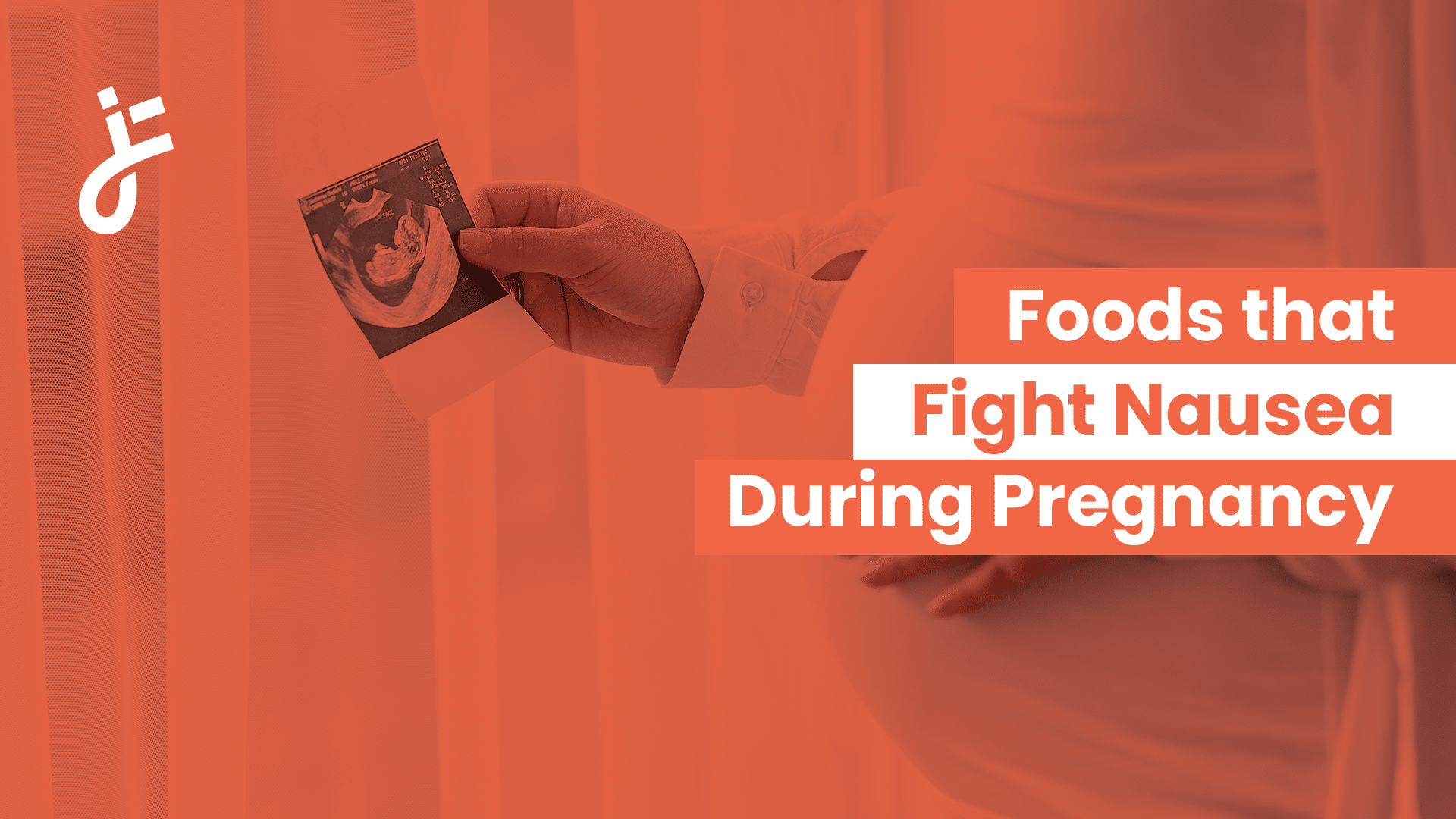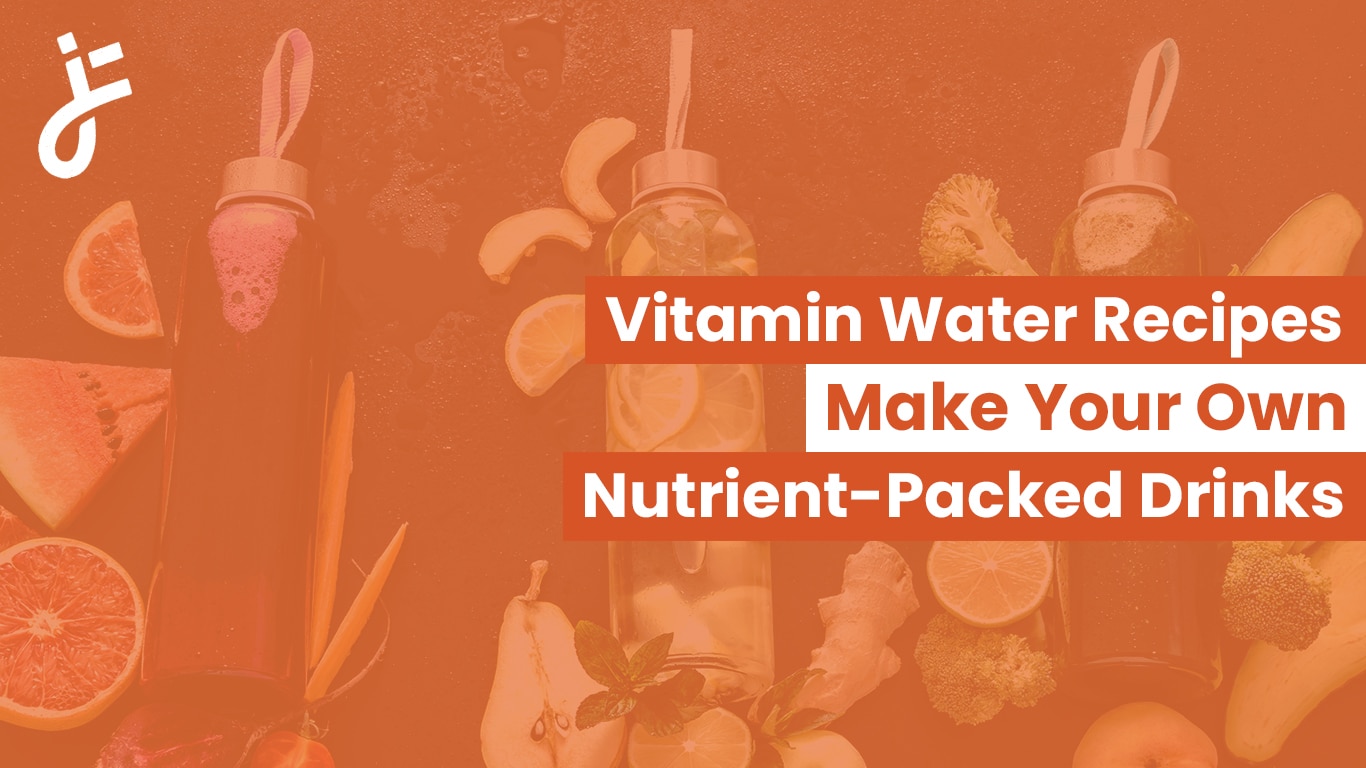The joy of the first snowflakes is pure excitement and, for many, the most wonderful time of the year. However, along with the first snowflakes usually come the first sniffles and the realization that the flu season months have arrived.
We’ve all been there (and more than once), where the beauty of the winter was shadowed by the flu that keeps spreading around us. But, by taking a more proactive approach, you can craft your recipe for stopping the flu dead in its tracks.
What causes the flu?
Influenza viruses cause the flu, primarily types A and B, which spread through respiratory droplets when an infected person talks, coughs, or sneezes. If you catch the flu, you’ll most likely experience symptoms like fever, coughing, sore throat, and general body aches.
The influenza viruses go through constant genetic changes called antigenic drift and shift. The drift manifests in changing the virus’s surface proteins, which makes it difficult for the body to recognize the virus and prepare its defenses against it.
The antigenic shift occurs when two influenza viruses infect the same person and combine their effects, creating a new virus strain. That strain is a completely new virus that our immune system has never seen before, making it impossible to recognize and repel.
As you might know, the flu is highly contagious, and it spreads at an incredible pace. All it takes is for a person to cough and sneeze in your proximity, allowing the droplets to enter your respiratory system. It can even spread as simply as talking to someone or touching a surface where the droplets fell, followed by touching your mouth, nose, or eyes; these viruses can survive on surfaces for up to 48 hours.
If you were unfortunate enough to catch the virus, it would usually take one to four days to incubate and reveal its symptoms. However, you can still be contagious even if you don’t feel the symptoms yet.
The flu has a pattern of showing up during colder months (starting in October, peaking in the winter, and staying present all the way up to May). As such, those months got the unpopular epithet of flu season months. The reason behind the flu emerging in this period is due to factors like:
- lack of humidity (viruses travel better in dry air);
- temperature (viruses reproduce and survive more effectively in the cold);
- crowded spaces (which allow for a more efficient transmission).
How to prepare for the flu season?
Judging by the facts about the flu, it may seem like catching it is inevitable. However, you can do a few things to prevent the flu very effectively.
Boosting your immunity with nutrition
Nutrition is your first line of defense that protects you in the flu season months. By fueling your body with the right nutrients, you’ll prepare it to fend off numerous types of infections, including the flu, of course.
The first ingredients to focus on are vitamin-rich foods. As they’re the ones that elevate your immune system, ensure that you’re getting enough vitamins C, D, and E. To get your daily dose of vitamin C, combine fruits like citruses, pineapple, and kiwis in a healthy immune-building shot.
For vitamin D, include fatty fish and fortified dairy; for E, include nuts, seeds, and spinach in your meal plan.
Ingesting a healthy dose of vegetables is also advisable to protect yourself against the flu. They contain antioxidants and nutrients that support immune function. Some examples are broccoli, leafy greens, bell peppers, and garlic.
Whole grains will also do an excellent job of contributing to your health and well-being. Hence, whenever possible, include whole grains like brown rice, quinoa, and oats.
Don’t forget about healthy fats – with omega-3 fatty acids and anti-inflammatory properties, ingredients like avocados and olive oil should find their way to your table.
Finally, ensure adequate hydration by drinking plenty of water throughout the day. Hydration is essential for optimal immune function and overall well-being.
Practicing good hygiene
Spiking your hygiene habits is among the best ways of protecting yourself against the flu. Simple habits like frequently washing your hands, using hand sanitizer, and avoiding touching your face can go a long way. As these healthy habits kill germs very effectively, always prioritize good hygiene for maximum protection.
The same goes for items that you frequently touch. Although a lot of people overlook this section, items like your phone, sunglasses, or keys, for example, are usually within hand’s reach. Regularly clean and disinfect these personal items to reduce the potential transfer of the virus.
In crowded or high-risk settings, wearing a face mask can give you an additional layer of protection. Masks can put a stop to the spread of respiratory droplets that may contain the flu virus.
Getting a flu shot
Vaccination is another way to fortify your body’s defenses during the flu season months. The vaccine is designed to stimulate your immune system to recognize and fight specific influenza virus strains.
As the virus evolves and changes, the flu vaccine itself gets updated each year to ensure that you get optimal protection. Aim to get vaccinated before the flu season months – it takes the vaccine around two weeks to take effect, so pick your timing accordingly.
By getting vaccinated, you’ll protect yourself against the flu, as well as people surrounding you. The effects of the flu may be mild for you, but infants and those with weakened immune systems can be much more vulnerable, so think of it as a way of protecting yourself and the community.
Maintain a clean environment
Just like with personal hygiene, a clean environment is also vital for preventing flu transmission. Regularly disinfect high-touch surfaces in your home and workplace, such as doorknobs, light switches, remote controls, and electronic devices. Take extra precaution if you go to the gym by disinfecting the machines and benches you plan on using, as they’ve previously been used by multiple people.
Airing your living space is also a massive contributor to flu prevention. As it can spread through the air, open windows and doors whenever possible to allow fresh air circulation. In addition to influenza, many other harmful compounds (including mold) can occur with stale air.
Another way to contribute to cleaner and fresher air is to purchase indoor plants like spider plants or peace lilies. These air-cleaning plants have the ability to absorb harmful substances through tiny pores on their leaves and convert them into harmless ones, drastically improving your air quality.
Final thoughts
Preparing for the flu season months should become your common practice to ensure that your body’s defenses are fortified once it arrives. Although it spreads very quickly and efficiently, you can still repel it and protect your body once you apply these practices.
By taking a proactive stance and using the resources you already have, you can get through the winter flu months with confidence and peace of mind. Together, we can ensure a healthy and fulfilling winter for all.










